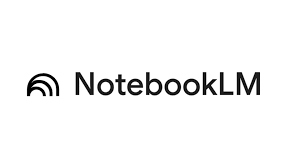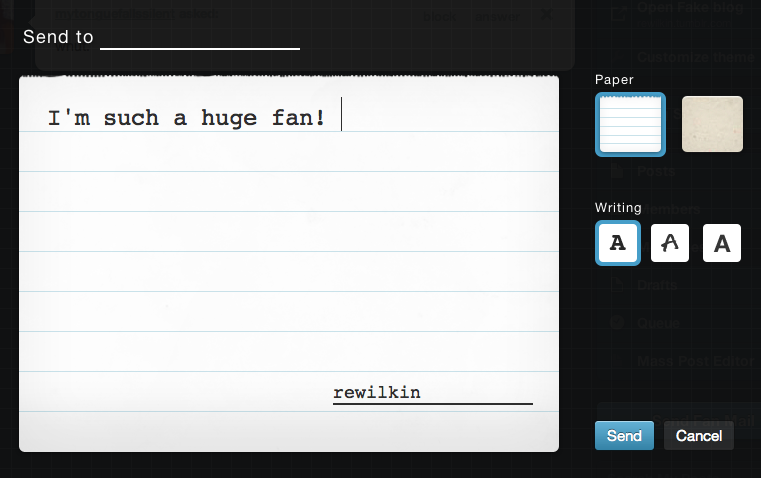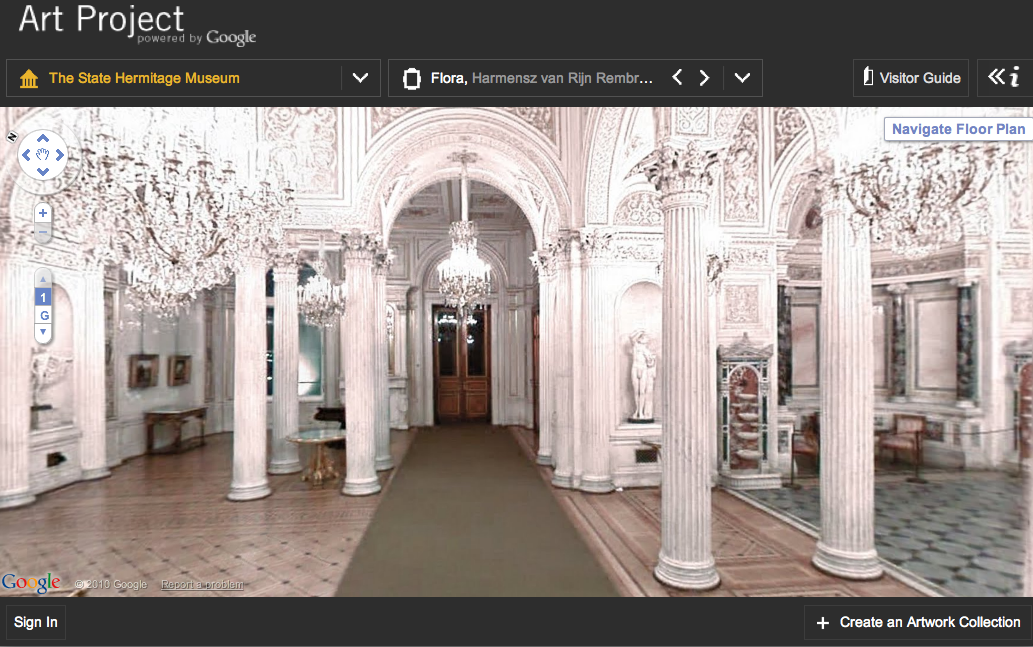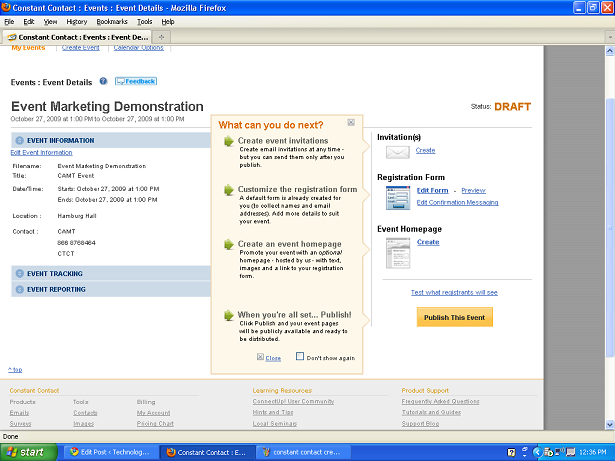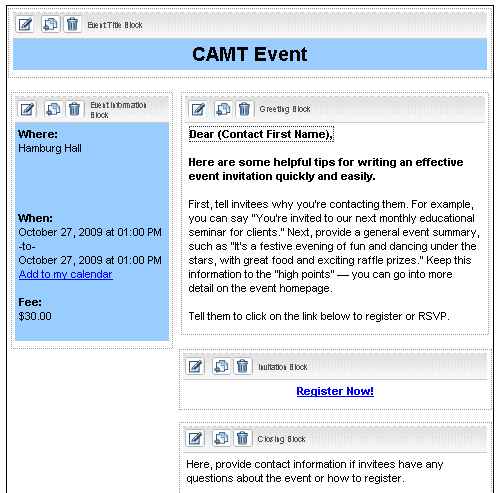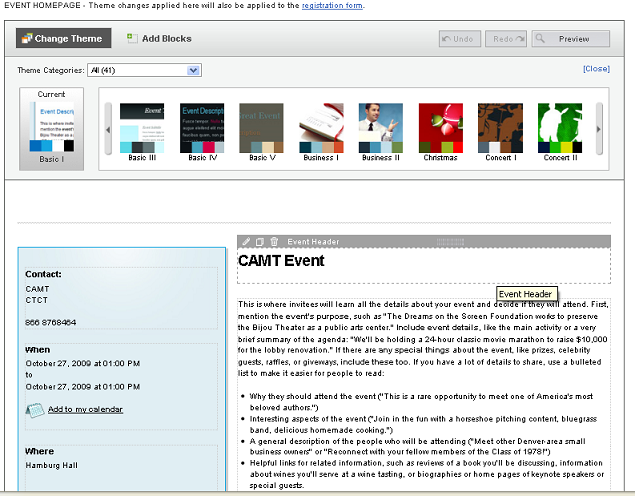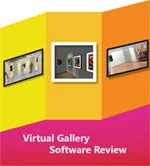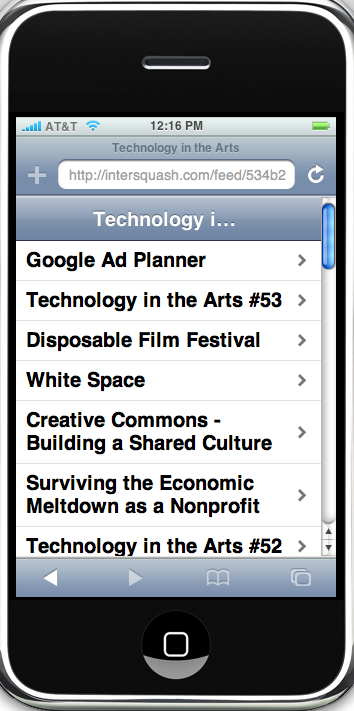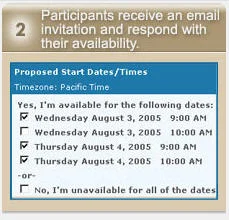Tumblr has not been discussed here in over a year, which I believe to be an egregious error. Since it’s undergone some significant changes since our last post, let’s revisit this microblogging platform (which is one of my personal faves). Our original post covered the basics of Tumblr, so if you haven’t checked it out, maybe that’s a good way to get up to speed.
This article is part one of a three part series about Tumblr for arts organizations. The second part can be found here, and the third part will be posted April 27, 2012.
Tumblr was launched in 2007 and is very popular amoung Millennials. Half of users are under the age of 25, and about 20% are in the 25-34 range. The average user spends over two hours on the site per visit and as of 9:00 EST this very morning Tumblr had 19.7 billion posts from 49 million blogs.
Tumblr has some features that are new or a bit different since our last post, including:
The new posting Dashboard - Image via Tumblr.com
Revamped Messaging System A slew of spam messages last year caused the website to reconsider how users message one another. The main communication issue still remains (inability to have a real discussion), users can only post short replies to posts with questions or if the users have the “reply” option enabled. Messages are limited to a certain number of characters and cannot contain links.
Fan Mail The new messaging system does contain a “Fan Mail” feature, which is exactly what it sounds like. Users can customize the appearance of short messages to their favorite blogs who have this function enabled.
Tumblr Fan Mail - Image via Tumblr.com
Share on Tumblr Like Pinterest, Tumblr has a bookmark button that allows users to grab content from anywhere on the web and share it on their Tumblr.
Mass EditTumblr has a mass post edit feature! Now you can easily select posts, delete them, and alter their tags.
There are still some challenges when it comes to Tumblr:
Bye bye Directory The Directory was an aggregation of Tumblr’s top blogs, organized by category. With its disappearance, Tumblr has become even more of a clique – it's hard to find Tumblr blogs unless you already know where to find them. Tumblr still recommends blogs that would be relevant to your interests on your Dashboard, but since you have to have a Tumblr and follow enough blogs for them to know what you like and make a recommendation… It’s a little bit Catch-22.
Success Metrics There’s still the challenge of measuring the impact of your posts. Tumblr has made it easy for you to install Google Analytics to your blog, but offers no internal solutions. (It is still awesome to have a post blow up and go viral though).
Overall, Tumblr is still an interesting blogging platform, with a lot of opportunities for arts organizations to connect with a young demographic. The first week of April will feature the second part of this series: a Mini-Nar on creating your own Tumblr. We’ll also talk about some best practices, including how to fully utilize a GPOY, interacting with your community, and the importance of GIFs. Get hype! Go enjoy your weekend! Don’t burn yourself with that new iPad!


